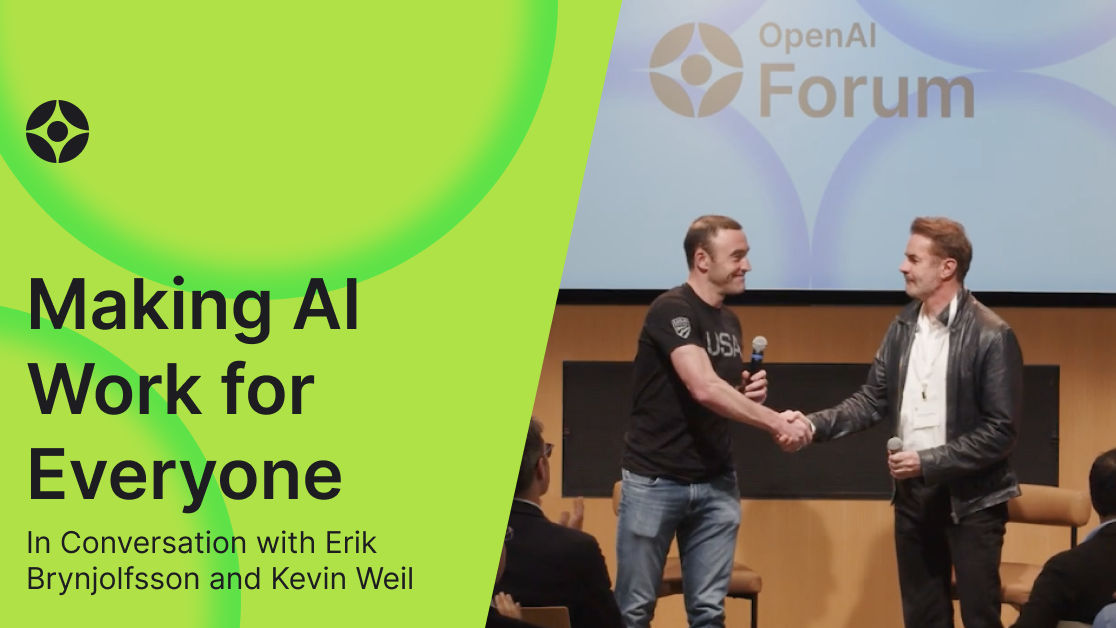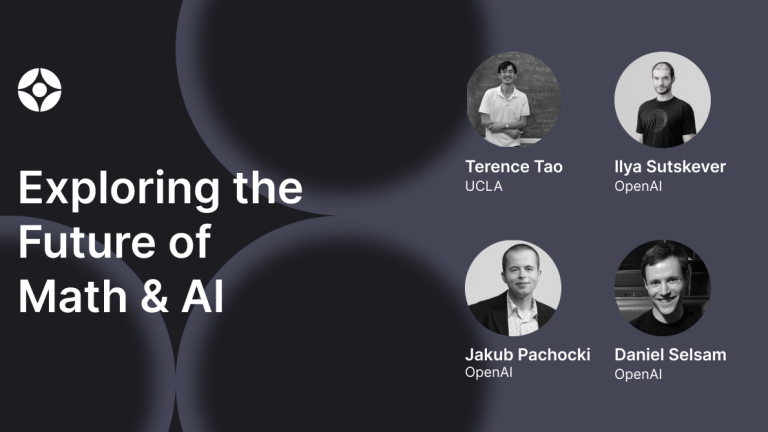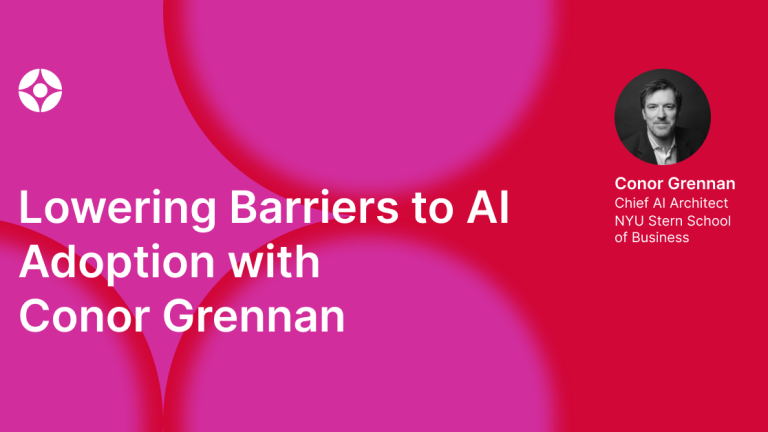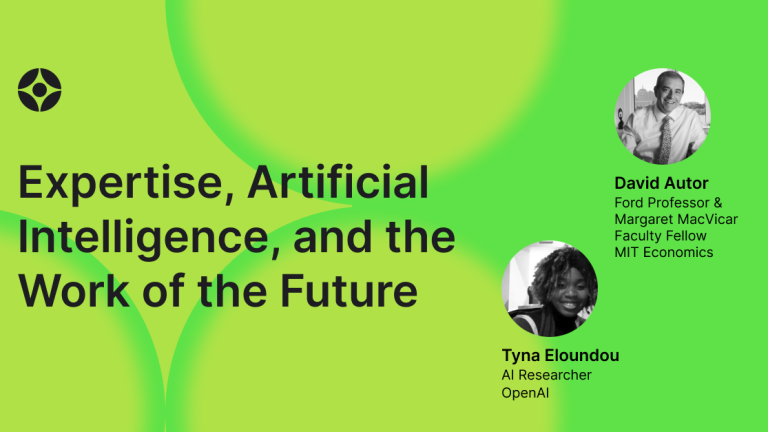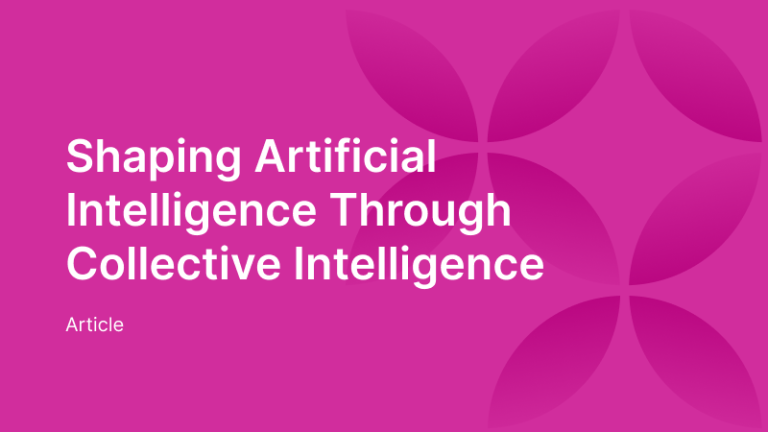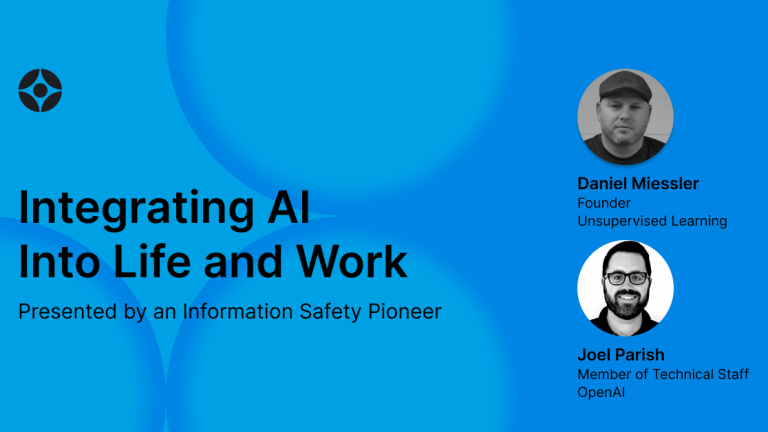Harnessing AI for Everyone: Unlocking Universal Empowerment and Benefits
This year, the OpenAI Forum hosted an intriguing fireside chat centered on the economic impacts of artificial intelligence, featuring Kevin Weil, OpenAI’s Chief Product Officer, alongside Erik Brynjolfsson, a renowned Stanford University professor specializing in the digital economy. Their conversation explored AI’s role in comparison to past technological revolutions, the limitations of conventional economic indicators in measuring its benefits, and approaches to integrate AI in a manner that supports human work rather than displacing it.
Technological breakthroughs typically require years to translate into increased productivity—not solely because of the technology itself, but largely due to organizational reluctance in adapting and integrating it. A classic example is the electrification movement from over a century ago:
Erik Brynjolfsson: “Factories adopted electric machinery but failed to achieve significant productivity gains initially. Simply installing new equipment wasn’t enough; they replaced steam engines with large electric motors without fully understanding the implications. It took decades before managers realized: we could optimize by using individual motors for each machine, reorganizing factory setups for efficiency, and adopting assembly lines. This reorganization led to a tremendous boost in productivity, sometimes doubling or tripling output. The delay was largely due to the need for reskilling and restructuring—intangibles that proved more significant than just the physical installation of machines.”
Historically, initial investments made toward process innovation have shown promising returns once technology is effectively utilized:
Erik Brynjolfsson: “Transformative technologies typically reveal what we call a productivity J-curve. There’s an upfront investment in reskilling, refining business processes, and exploring more effective tech utilization. Although these initial investments may not produce immediate returns, the potential for substantial long-term rewards is significant. We are currently experiencing this restructuring phase, but at a markedly faster pace than in the past.”
Throughout history, technology has augmented human labor—and by directing AI in this supportive direction, we can elevate both productivity and wages rather than suppress them:
Erik Brynjolfsson: “The worth of an hour of labor has increased over time, mainly due to the introduction of advanced tools that enhance each hour’s productivity. These tools empower what workers can achieve. Nonetheless, there are rising fears that AI may simply replace human roles across various industries. While certain task substitutions may be inevitable, there remains a wealth of opportunities to direct AI toward enhancing human capabilities, acting as tools that augment our skills. Thoughtful policy-making around AI, education, taxation, and other aspects can steer AI toward amplifying productivity rather than eliminating jobs, fostering widespread prosperity from AI advancements.”
Assessing AI’s economic impact proves to be intricate, particularly since many AI services—much like various digital offerings—are provided at no cost to users. A more effective evaluation methodology is essential:
Erik Brynjolfsson: “We developed the GDP-B tool, where ‘B’ signifies benefits instead of costs. Free resources like ChatGPT and Wikipedia offer tremendous value, yet this is often overlooked in traditional GDP measurements. Our research involves calculating how much compensation individuals would demand to refrain from using a service for a short duration. This assessment helps determine consumer surplus—the value derived from these tools. By comparing these figures with GDP data, we can reveal not just where financial transactions take place, but where actual value is being generated. This has the potential to provide a metric applicable to the digital economy, much like GDP once did for previous economic models.”
Trust is vital for AI effectiveness, as shown in a recent study where a physician working with an AI assistant performed less effectively than when the AI operated independently, largely due to uncertainties about trusting the AI’s recommendations. This highlights the importance of transparency and interpretability in human-AI partnerships:
Erik Brynjolfsson: “In our experiments, we studied three setups—human-only, AI-only, and a human working alongside AI. Ideally, the collaboration should produce the best outcomes, but shockingly, it fell short compared to the AI’s individual performance. A fundamental issue was that existing AI models lack clarity, leaving the doctor uncertain about when to trust the AI or when to override its suggestions, often resulting in flawed decisions. For effective collaboration between humans and AI, it’s crucial that individuals can place their trust in these systems and clearly discern when to rely on them.”
Agile startups that quickly adopt AI have the potential to disrupt slower-moving established companies, ushering in a new wave of rapid innovation:
Kevin Weil: “These agile players can dramatically accelerate innovation cycles, overcoming barriers that previous generations encountered.”
The momentum of this transformation could be boosted further as AI becomes increasingly affordable, enabling broader adoption:
Kevin Weil: “Sam Altman highlighted that if you look at the costs associated with a certain level of intelligence, they are decreasing at an astonishing rate—approximately tenfold each year. To contextualize this, consider Moore’s Law, which illustrated a doubling of transistors on chips every 18 months. The current decrease in costs is exponentially sharper, which is remarkable. It’s evident that models are advancing rapidly in both intelligence and cost-effectiveness.”
Even with our advancements, it’s clear we have only begun to tap into the vast potential of AI applications. Our ambition is to make AI universally accessible at minimal costs. Each time we enhance the technology’s efficiency or achieve comparable intelligence for a lower price, we directly pass these savings on to developers. This commitment to an API model lies at the heart of our mission.
AI also has the potential to counteract a concerning trend: the decline of business dynamism in the U.S., characterized by waning startup activity and reduced worker mobility in recent years. AI could help revitalize this landscape:
Erik Brynjolfsson: “America has historically thrived on adaptability and transformation. Embracing change is crucial. For new technologies to thrive, new businesses—or innovative processes within established organizations—must emerge to facilitate progress. Currently, we’ve observed a significant slowdown in this dynamism. To harness the benefits of AI, we need to hasten this transition across the economy.”
